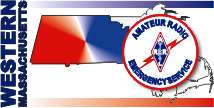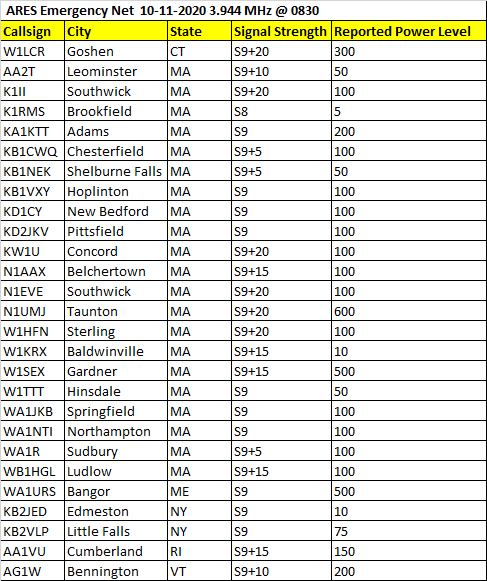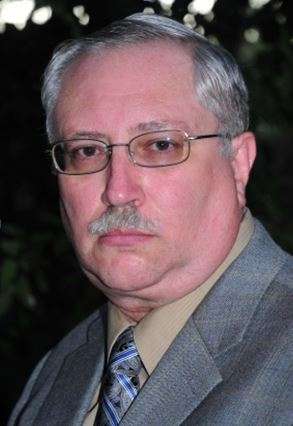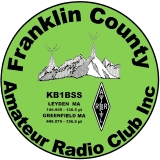WMA ARES is in the process of updating our registered Members roster. Below you will find a list of those members who are currently registered as of 10/27/2021.
If you are a member of WMA ARES and do not appear below or need a correction, please drop me a note at k1yo@arrl.net with your name, callsign, and email and I will make the appropriate changes.
Conversely, if you are in the list but want to be removed, please notify me at the same email above.
Thanks in advance and 73!
Bob Meneguzzo – K1YO
SEC – WMA ARES
Last Name First Name Callsign Ackley Gwen N1XYZ Addison Aaron kf1g Adelt Cory N1XWS Al-Beik Hisham KB1JLW Alexander Todd KC1OKD ALVES TOBY KB1CJT Archambo Scott Not Provided Barnett Dylan Not Provided Bourn Joshua N1ZGA Cannata Nick W1NJC Cyr Adam KO4GCH Davies Timothy K1RN DeChristopher Mike N1TA Dion Ken KD1KU Dunlap Charles K1II Elkins Mary KB1ME Ewell John N1JIE Farrington Samuel KC1ENA FOLEY DAVID W1TTT HABERMANN ALEXANDER KC1NHG Hayes Gilbert WK1H Hicks Amy Not Provided Kinahan Tom N1CPE Laviolette Richard KC1AEO Losaw Paul N1PUA Luke Jeffrey N1NWQ Maurice Basil KB1PQZ Meneguzzo Bob K1YO Moralez Edwin KC1BTX Myers Christopher Kb1nek Oborne Tom KC1TAO Oquendo Vanessa W1IRL Palmer William KC1PNR Pyra Jacob W1JJP Rice Bradley Not Provided Richardson Kyle Not Provided Sacco Matthew KC1JPU Santaniello Joseph KC1PNX Segerson Philip Not Provided Smith Charles KC1IKA Smith Gary Not Provided Spencer Larry N1LWS St Germain Christopher KC1MAO Stephan George K1GXS Tarbell John KC1GRU Torres Bryan KB2UZY Windyka Ken KB1PKI Woodhull Albert N1AW Wyatt Dave Not Provided Young Adam W1ACY




